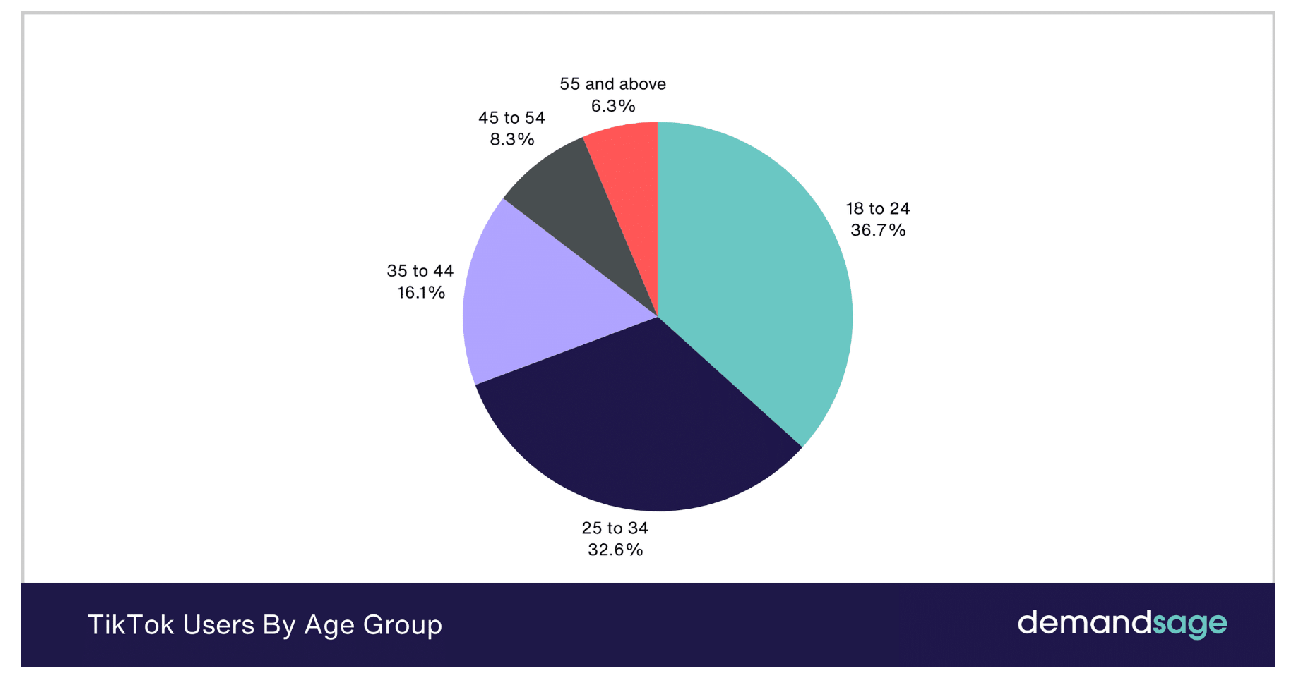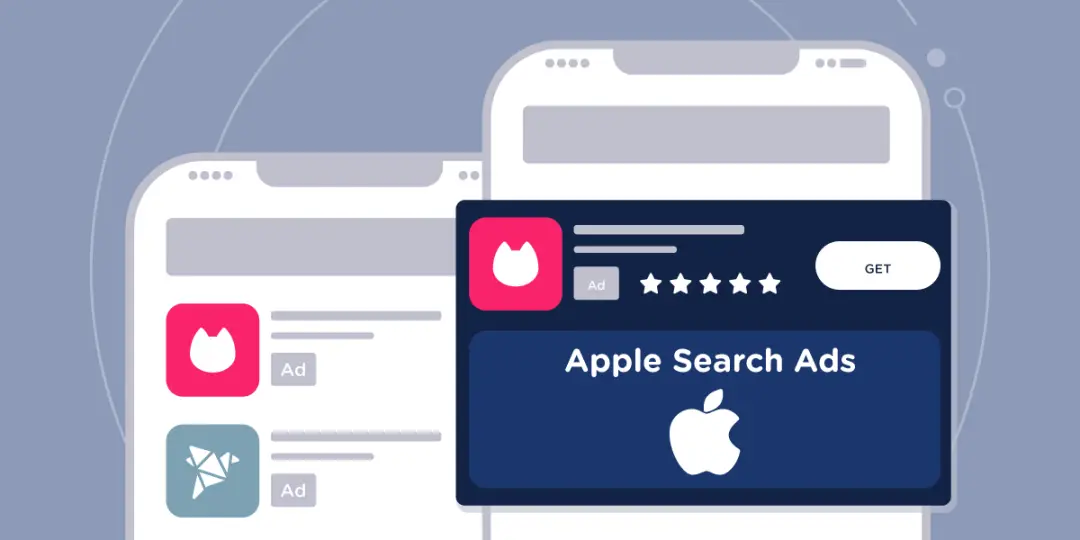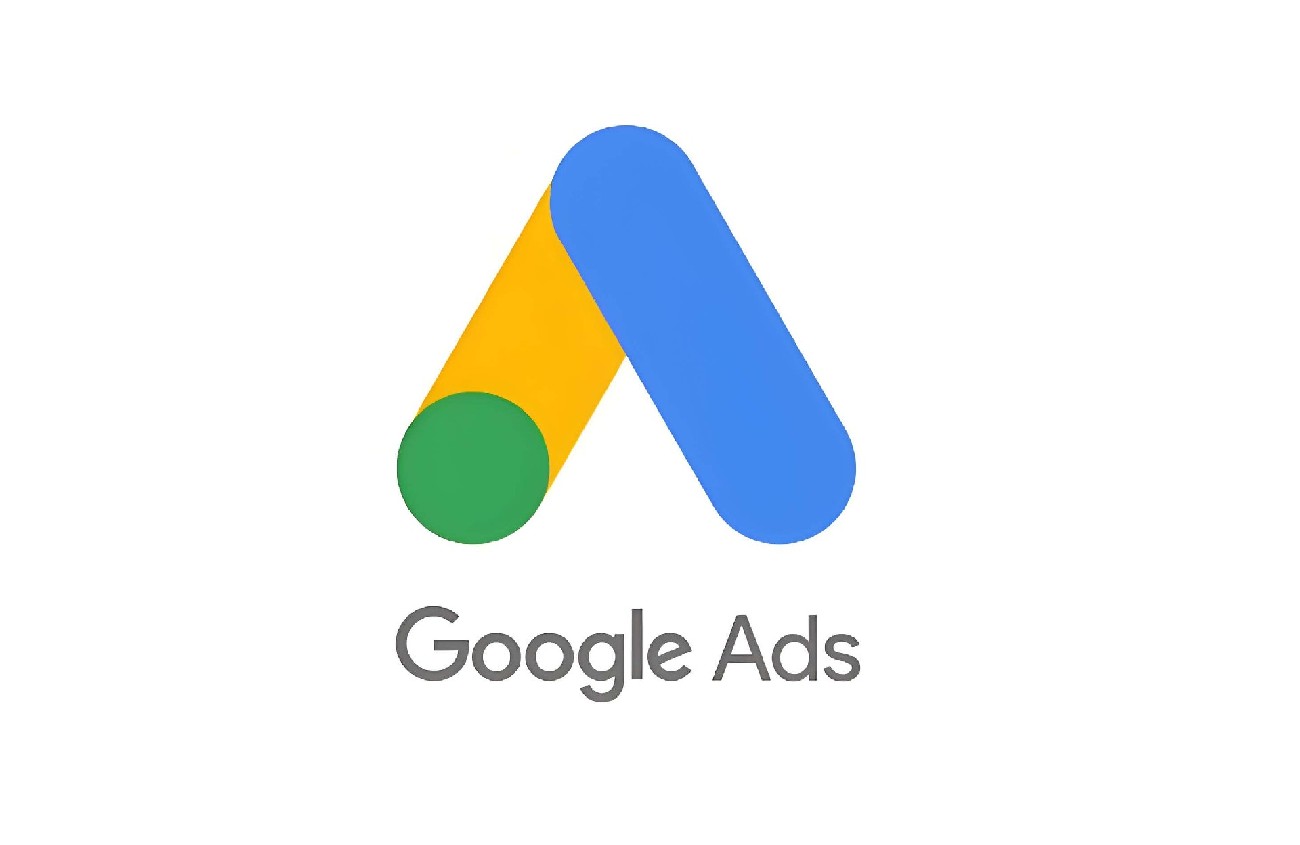In the competitive world of online advertising, boosting ad conversion rates is a crucial goal for every advertiser. The ad conversion rate measures the percentage of users who take a desired action—such as making a purchase, signing up, or submitting a form—after clicking on an ad. Improving this metric can significantly enhance your advertising effectiveness and return on investment. Below are some key strategies to help you increase your Google Ads conversion rates.

1. Choose Keywords Precisely
Selecting keywords that are highly relevant to your product or service can attract more interested potential customers to click on your ads. Utilize Google's Keyword Planner tool to identify high-traffic keywords related to your offerings. Avoid overly broad keywords and instead, focus on more specific long-tail keywords to improve ad relevance and target users with higher purchase intent.
2. Optimize Ad Copy
The ad copy is essential for attracting potential customers. Ensure your ad copy is clear and concise, highlighting the unique selling points and benefits of your product or service. Use engaging language and compelling verbs such as “Buy Now” or “Free Trial” to spark interest and encourage users to take action.
3. Leverage Attractive Ad Extensions
Google Ads offers various ad extensions like site links, phone numbers, and location information. Utilizing these extensions can enhance your ad’s visibility and appeal, leading to higher click-through rates and conversion rates.
4. Provide a Quality Landing Page
After clicking an ad, users are directed to a landing page. Ensure that the landing page is relevant to the ad copy, providing complete information that users are looking for. Page load speed is also crucial; a fast-loading page improves user experience and reduces bounce rates, thereby increasing conversion rates.
5. Include Clear Calls to Action (CTAs)
Incorporate clear and compelling calls to action (CTAs) in both your ad copy and landing page, such as “Buy Now” or “Sign Up for Free.” Effective CTAs guide potential customers towards taking specific actions, which is vital for improving ad conversion rates.
6. Target Your Ads
Targeting ads allows you to display them to specific geographic locations or audience segments, increasing ad relevance and click-through rates. By targeting ads to those genuinely interested in your products or services, you can improve conversion rates.
7. Track and Optimize Ad Performance
Continuously monitor performance metrics such as click-through rates, conversion rates, and ROI. Use data analysis to refine your ad strategies and copy, improving ad relevance and effectiveness to boost conversion rates.
8. Utilize A/B Testing
A/B testing is a valuable optimization tool that helps compare the performance of different ad copies, landing pages, or ad extensions. By simultaneously testing various versions, you can identify which elements most effectively enhance conversion rates. Regular A/B testing allows for incremental improvements in ad performance.
9. Monitor Ad Frequency
Ad frequency refers to how often the same user sees your ad over a period. Excessively high ad frequency can lead to ad fatigue, reducing user interest and impacting conversion rates. Regularly monitor ad frequency and adjust your strategy to maintain ad effectiveness.
10. Implement Promotions and Offers
Mentioning special offers, promotions, or limited-time discounts in your ad copy can increase users' willingness to make a purchase, thereby improving conversion rates. This is particularly effective in e-commerce and online shopping.
11. Gather User Feedback
Actively seek user feedback on your ads and landing pages to understand their needs and preferences. Use this feedback to refine your ad copy, landing pages, and overall strategy to better meet user expectations and enhance conversion rates.
12. Embrace Continuous Learning and Innovation
The advertising industry and market conditions are ever-evolving. Staying updated with industry trends, experimenting with new ad strategies, and continually optimizing your approach are key to maintaining high conversion rates and achieving advertising success.
Google Ads provides a robust platform with various tools and features to help you achieve your advertising goals, attract more potential customers, and drive business growth.
FAQ: Google Ads Strategies
Q: Should I choose Google Ads or another advertising platform?
A: The choice of advertising platform depends on your goals and target audience. Google Ads is widely used and can help you reach a large audience through Google search and partner sites. If your goal is to increase visibility and attract potential customers on Google, Google Ads is an ideal choice.
Q: How much should I set for my advertising budget?
A: Budget setting should align with your business goals, competitive landscape, and expected ROI. Start with a moderate budget and monitor ad performance. Adjust the budget based on data and ad performance to achieve the best click-through and conversion rates.
Q: Why is my ad click-through rate low?
A: Low click-through rates can result from various factors, including unappealing ad copy, inaccurate keyword targeting, or incorrect audience segmentation. Regularly review ad performance, identify issues, and make adjustments to improve click-through rates.
Q: Where are Google Ads displayed?
A: Google Ads can appear in various locations, including the top and bottom of Google search results pages and on Google partner sites through banner or responsive ads. Display positions depend on bidding, ad quality score, and ad rank.
Q: How can I avoid click fraud and invalid clicks?
A: To prevent click fraud and invalid clicks, monitor and filter out low-quality traffic. Google Ads offers click fraud protection and invalid click exclusion tools to detect and prevent fraudulent clicks from consuming your ad budget.
Q: What if my competitors are advertising on Google?
A: Competitors advertising on Google is common. To stay competitive, optimize your ad copy, enhance ad extensions, and improve ad quality scores. Analyze competitors' strategies to identify unique advantages and attract more potential customers.




